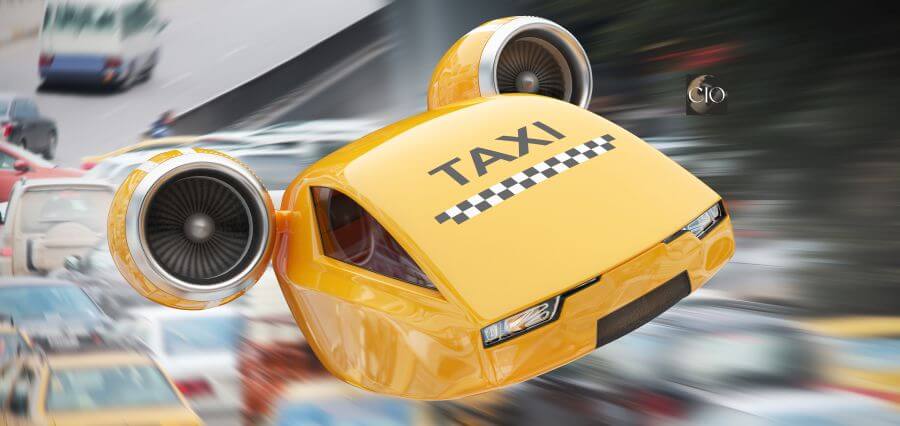The Department of Transportation claims the plans for flying taxis will convert science fiction into reality. According to a government plan, the first flying taxi might be available in the UK as early as 2026, bringing technology that was previously considered sci-fi to reality.
These recommendations are part of the DoT’s Future of Flight Action Plan. Proposals suggest that driverless flying taxis could become a reality within six years.
The “roadmap” would entail the implementation of technology that may increase the country’s GDP by £45 billion by 2030. Aviation and technology minister Anthony Browne stated that the initiatives will transform transportation.“Cutting-edge battery technology will revolutionise transport as we know it – this plan will make sure we have the infrastructure and regulation in place to make it a reality,” he said.
“From flying taxis to emergency service drones, we’re making sure the UK is at the forefront of this dramatic shift in transportation, improving people’s lives and boosting the economy.
The ideas would also allow drones to fly beyond visual line of sight (BVLOS), allowing the industry to expand without limiting airspace for other aircraft.
They also intend to revitalize minor aerodromes by demonstrating how they might serve as vertiports for electric aircraft that take off vertically (known as eVTOL aircraft).
The ideas include developing standards to strengthen drone security in order to increase public safety, as well as exploring ways to involve communities and local governments so that they may reap the potential economic and social benefits.
The action plan was disclosed as Mr Browne prepared to visit Vertical Aerospace in Bristol, one of the UK businesses producing flying taxis that is now undergoing the Civil Aviation Authority’s (CAA) approval procedure.







